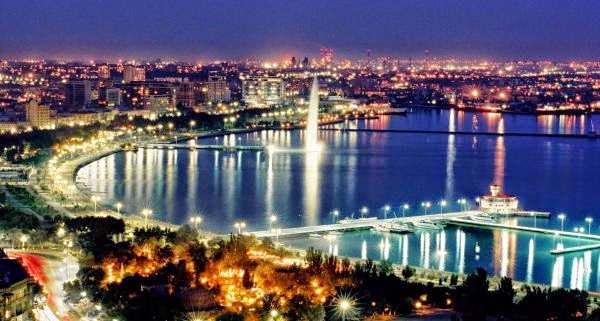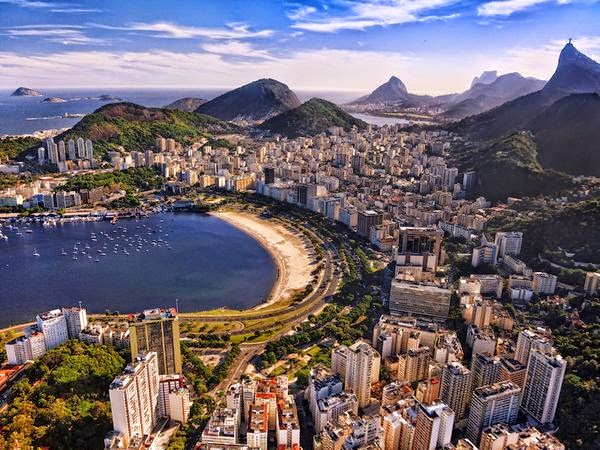Chosen as the 2009 “European Capital of Culture,” Vilnius, Lithuania, is a charming and uniquely enchanting medieval city. The mainly Baroque architecture is coupled together with Gothic and Renaissance buildings that have sprouted up over the centuries, making for a diverse and distinctive skyline. Alive with culture and romance, travelers to Vilnius will be captivated by the historical beauty and dense artistic inspiration that runs throughout the city. From the medieval stone archways above narrow, cobbled streets and beautiful towering churches, to shiny modern galleries and glowing nightclubs, Lithuania’s capital city is a sundry of old and new.
Located in southeastern Lithuania, Vilnius sits at the confluence of the Vilnia and Neris rivers and is said to be the geographical center of Europe. A city that is steeped in rich history and in contemporary culture, Vilnius has both UNESCO World Heritage-protected buildings and churches, as well as a bronze statue of psychedelic musician Frank Zappa. A mix of traditionalists and dreaming bohemians, the city has great appeal to travelers in search of European whimsy.
One of Vilnius’ 40 breathtaking churches, St. Anne’s Church stands out in the city’s Old Town section as a beautiful Gothic church which Napoleon himself wished to take back with him to Paris. Just beyond Old Town is a section called Uzupis. Considered an independent republic, Uzupis is where artists, writers and revolutionaries came to settle and open up galleries, shops and riverside restaurants and pubs. A city unlike any other, Vilnius has an easy, soulful atmosphere and eccentric charm that travelers yearn for.
In addition to Lithuanian staples like dark rye bread, potatoes and borscht, the cuisine of Vilnius has slowly been expanding into international and fusion fare. An example of this step into international flavors is Pegasus. The restaurant’s minimalist décor allows the French, Italian and Iraqi cuisine speak for itself. For a unique treat, Tores, located in the Uzupis district, is a restaurant, wine cellar and art gallery all in one. At Zemaiciai, patrons can have their meals while sitting on thrones or giant beds as they dine in this medieval-looking restaurant with vaulted brick ceilings and hearty Lithuanian food and beer.
Vilnius International Airport (VNO) is Lithuania’s largest airport and serves several domestic and international carriers including airBaltic, Aerosvit Airlines, Lufthansa and Aer Lingus. While there is no main public transportation system in Vilnius, buses and trolleys run routes all over the city, with a single ticket costing 2 to 2.50 LTR, depending on if they're purchased at a kiosk or from the driver. There are discounts for students and the elderly. Taxis are another option for navigating throughout the city, as they are more efficient than buses but are a little more expensive. Walking is the most recommended way to travel around parts of the city like Old Town, as it is very pedestrian-friendly and can easily be explored on foot.
Vilnius has a continental, maritime climate, which means there is a vast difference between the cold winter and warm summer temperatures. In summer months, temperatures can reach as high as 86° F (30° C), though the average temperature from June through August typically remains in the low 70s. Mid-summer is the rainiest time of year, though large amounts of precipitation can fall during the winter as well, which sees an average temperature of 26° F (-3.3° C). It is not uncommon for temperatures to reach far below freezing for large stretches in winter months, bringing bitter cold winds, frozen lakes and snowfall. The best time of year to visit is in the late spring and summer, as this is the time of year when the nightlife and daytime festivities are in full swing, with outdoor bars, cafes, restaurants and concerts.
Learn more at: http://etravelcruise.com/destinations/europe/lithuania/vilnius.html
For information, bookings, air, hotel, car rental, River Cruises, tour packages, write to: Info@eTravelCruise.com






























